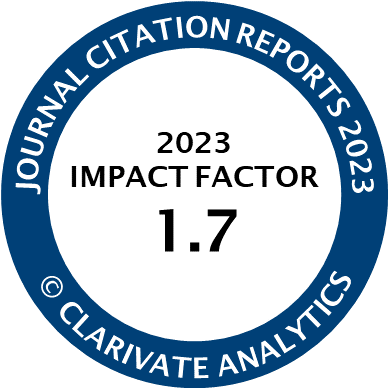Editorial | Open Access
From Smart Urban Forests to Edible Cities: New Approaches in Urban Planning and Design
| Views: | 2109 | | | Downloads: | 1512 |
Abstract: In recent years, the pressing environmental, social, and economic problems affecting cities have resulted in the integration of the disciplines of landscape architecture and urban forestry via a transdisciplinary approach to urban planning and design. Now, new urban forestry approaches and concepts have emerged for more sustainable city planning. The discipline is using different methods and approaches to address many pressing issues such as human well-being and also food security. But, research on these topics is still limited and not available for many cities in the world. To fill this gap, we present this thematic issue “From Smart Urban Forests to Edible Cities: New Approaches in Urban Planning and Design.” The findings from this thematic issue offer new insight to policymakers and practitioners, as well as contribute to the emerging literature on edible and forest cities. Furthermore, the findings spanning different cities from different geographies can be used towards achieving the 2030 Agenda and Sustainable Development Goals of making cities and human settlements more resilient, inclusive, safe, and sustainable, as well as ending hunger, achieving food security, and improving nutrition. However, further studies are still needed, especially in developing countries and the Global South.
Keywords: ecosystem services; environmental justice; green infrastructure; urban agriculture; urban food forests; urban forests; urban green space
Published:
© Alessio Russo, Francisco J. Escobedo. This is an open access article distributed under the terms of the Creative Commons Attribution 4.0 license (http://creativecommons.org/licenses/by/4.0), which permits any use, distribution, and reproduction of the work without further permission provided the original author(s) and source are credited.




